OUR PRODUCTS
CHEZY SOCKET FUSION FITTINGS

CHEZY SOCKET FUSION FITTINGS

 CHEZY HDPE PIPES (MS 1058-2:2005)
CHEZY HDPE PIPES (MS 1058-2:2005)POLYETHYLENE (PE) PRESSURE PIPES EXPLAINED
Polyethylene (PE) has a large number of significant advantages over material like PVC, steel or ductile iron, namely light weight, ability to coil long lengths, high corrosion resistance, ease of jointing, etc.
Before the adoption of international standards,
polyethylene was commonly named by their density - LDPE (low density polyethylene), MDPE (medium density polyethylene) and HDPE (High Density
polyethylene). The higher the density, the higher the strength of the polyethylene as a pipe material.
International standards were developed and HDPE pipes were than classified by the grade of material used - PE 40, PE 63, PE 80, PE 100
(according to their MRS Values in bar).
The number after PE represents the maximum
allowable hoop stress (in bar) for the pipe.
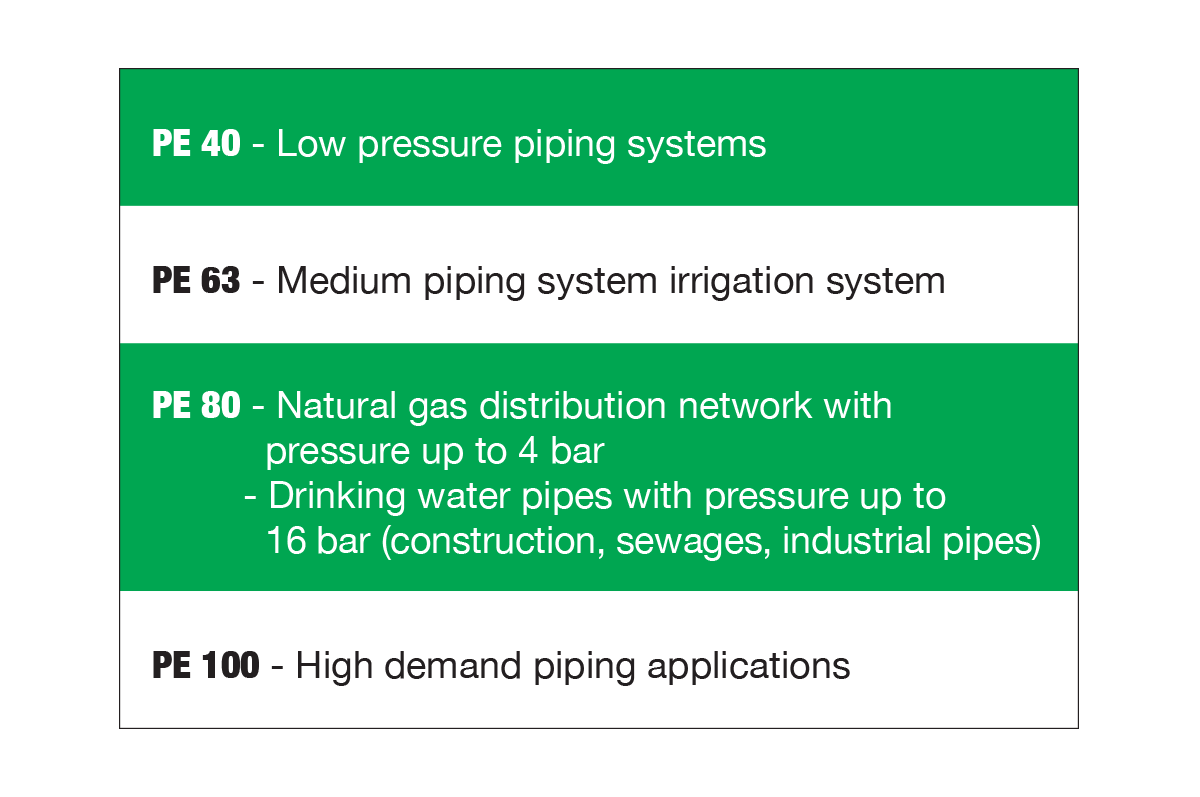
 PE80 VS PE100
PE80 VS PE100PE80 VS PE100
PE 80 stands for polyethylene with a MRS of 80 (hoop stress of 80 bar) and PE 100 with a MRS of 100 (hoop stress of 100 bar) at 20°C and 50 years service according to ISO 4427.
The higher MRS values of PE 100 over PE 80
translates to higher strength and higher toughness for PE 100. These higher values (hoop stress) allow for pipes using PE100 to have a thinner wall
thickness than PE80 at a similar pressure. This will result in larger inner bore diameters for PE100 pipes over PE 80 pipes, resulting in higher flow rates.
ADVANTAGES OF HDPE PIPES
FATIGUE RESISTANCE
HDPE pipe is flexible and ductile, not rigid. It has outstanding resistance to fatigue.
CORROSION RESISTANCE
• It is resistance to biological growth. This means an extended service life and long- term cost savings.
• Fewer fittings required due to pipe flexibility. Allowable bending radius of 20 to 25 times outside diameter of pipe.
• Available in a wide range of thicknesses and pressure ratings to create an entire plumbing system.
• The superior chemical resistance and “non-stick” surface combine to eliminate scaling and pitting and preserve
the hydraulic characteristics throughout the pipe service life.
PE100 PIPE DIMENSIONS
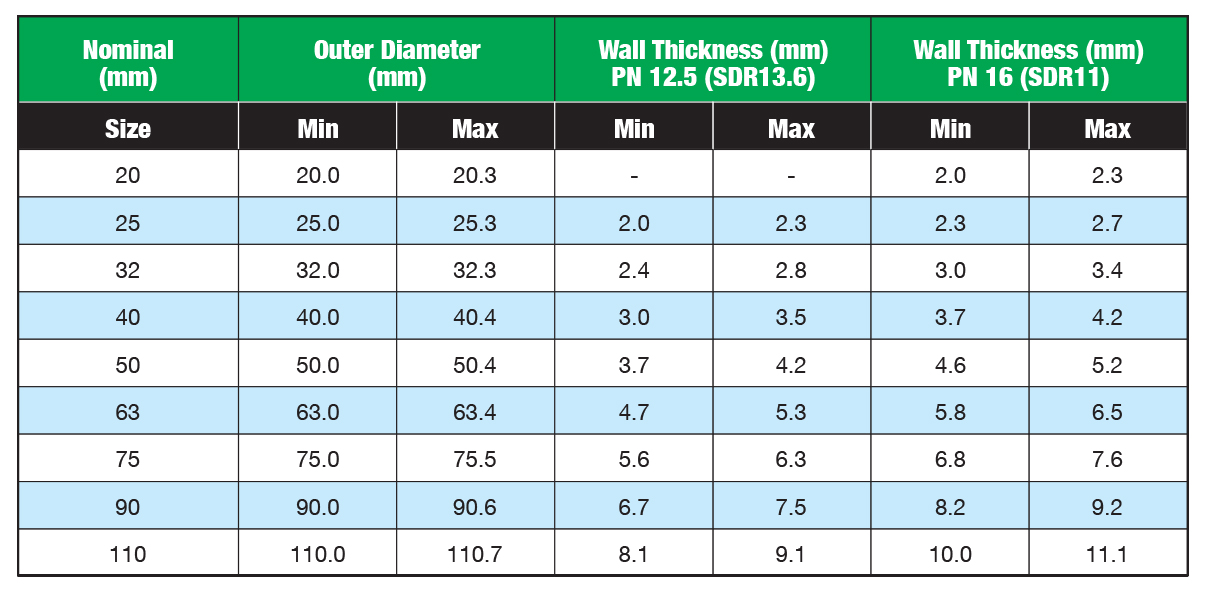
 CHEZY HDPE SOCKET FUSION FITTINGS
CHEZY HDPE SOCKET FUSION FITTINGS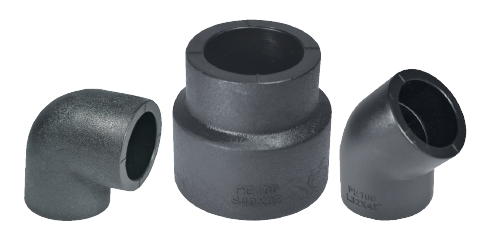
CHEZY HDPE SOCKET FUSION FITTINGS
(BS EN 12201-3:2011+A1:2012)
This socket fusion system method is being commonly used in jointing of HDPE pipe size (OD) ranging from 20mm - 110mm.
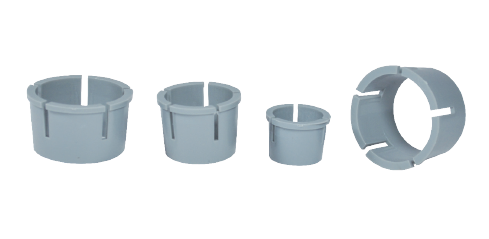
CHEZY 2-IN-1 PIPE INSERT
(BS EN 12201-3:2011+A1:2012)
Overheating / too much push in force can result in pipe collapsing
inwardly and reduce the water flow rate. With CHEZY 2-in1 pipe inserts (PN12.5 and PN16), you go worry free! YES, we have solved it for you. Our pipe inserts provide great internal support during the jointing process, providing a firm opening and resulting in
increased water flow rates.
On top of that, CHEZY pipe inserts can be used for both PN16 and PN12.5 HDPE pipes. No two different sizes of inserts, no mistake
and no confusion at site, plumber friendly!
 SOCKET FUSION HEAT & HOLD TIME
SOCKET FUSION HEAT & HOLD TIMECHEZY HDPE SOCKET FUSION FITTING HEAT & HOLD TIME
(Heating Temperature : 230°C - 260°C)
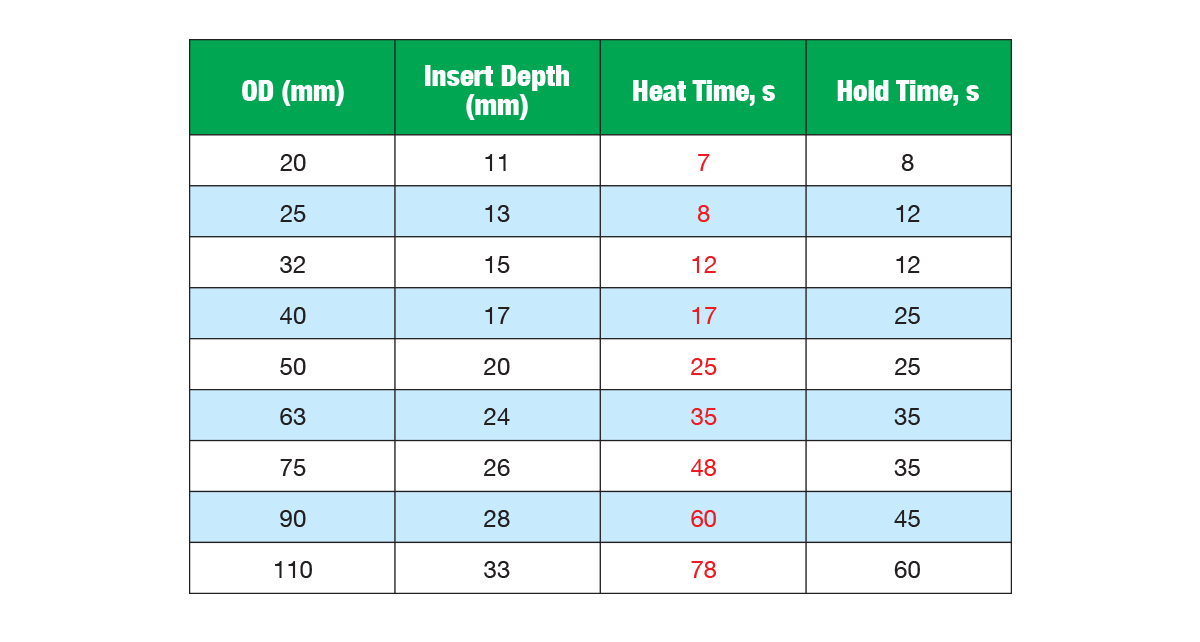
Table 1: Heat and Hold time for CHEZY Socket Fusion Fitting
 CHEZY SOCKET FUSION FITTING PRODUCTS
CHEZY SOCKET FUSION FITTING PRODUCTS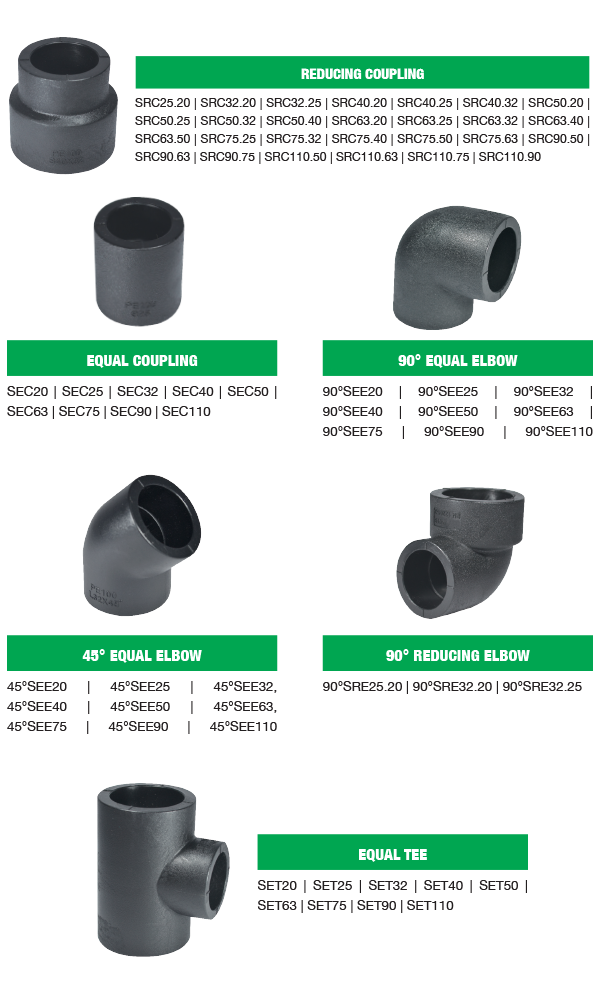
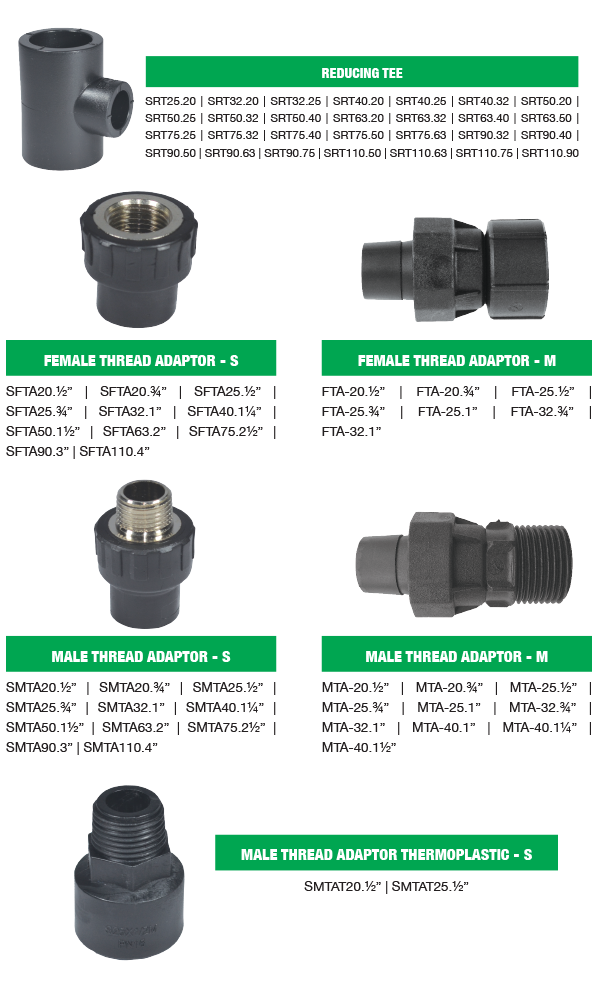
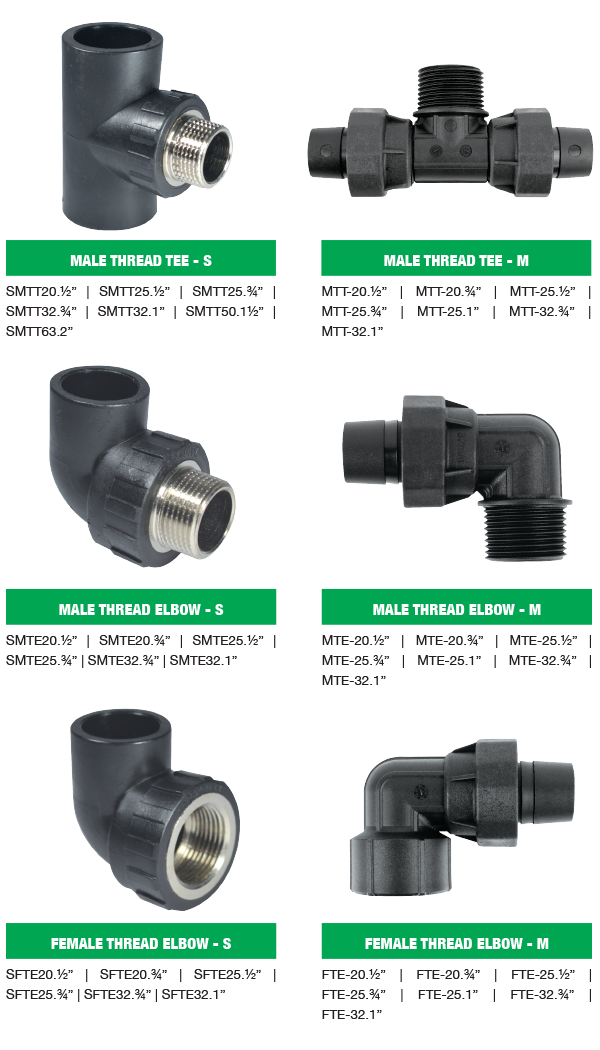
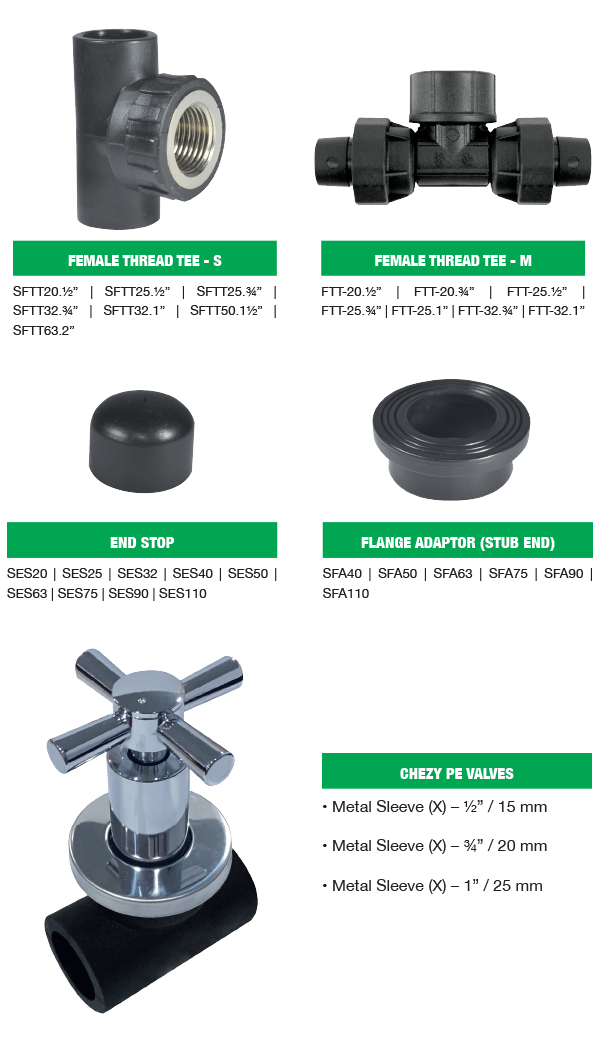
 CHEZY SOCKET FUSION FITTING ACCESSORIES
CHEZY SOCKET FUSION FITTING ACCESSORIES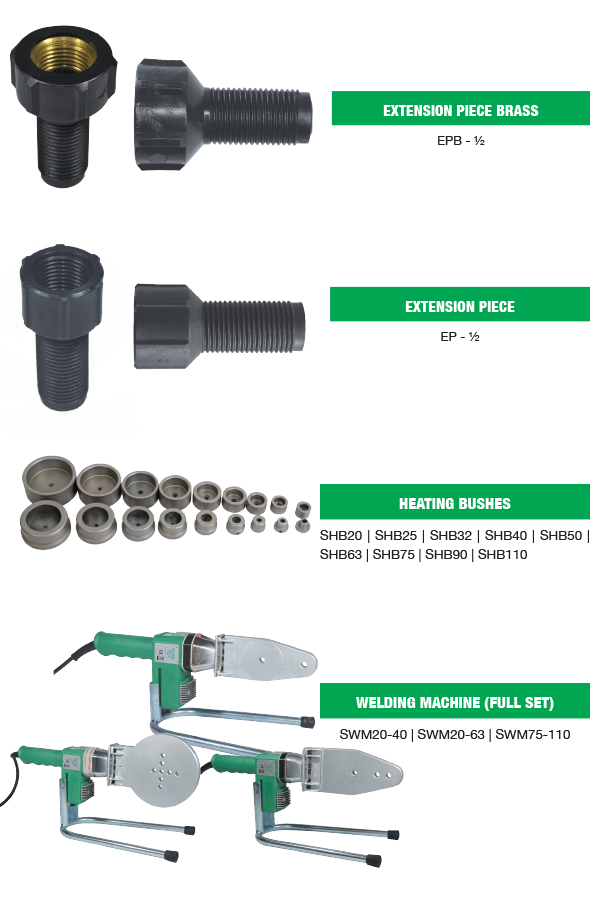
 INSTALLATION METHOD
INSTALLATION METHOD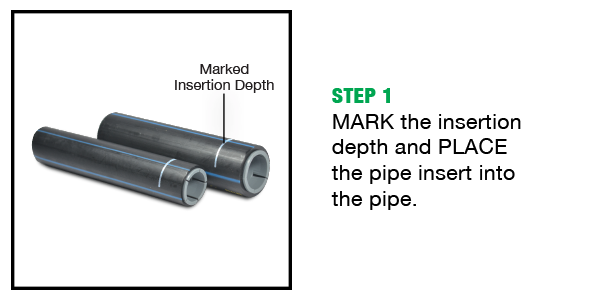


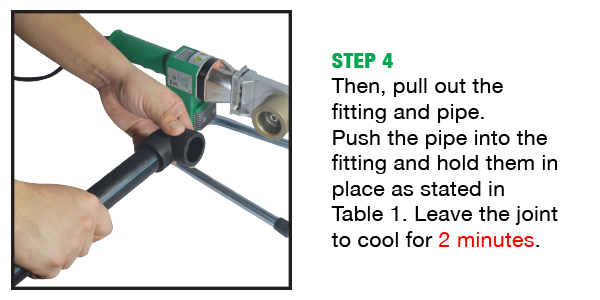
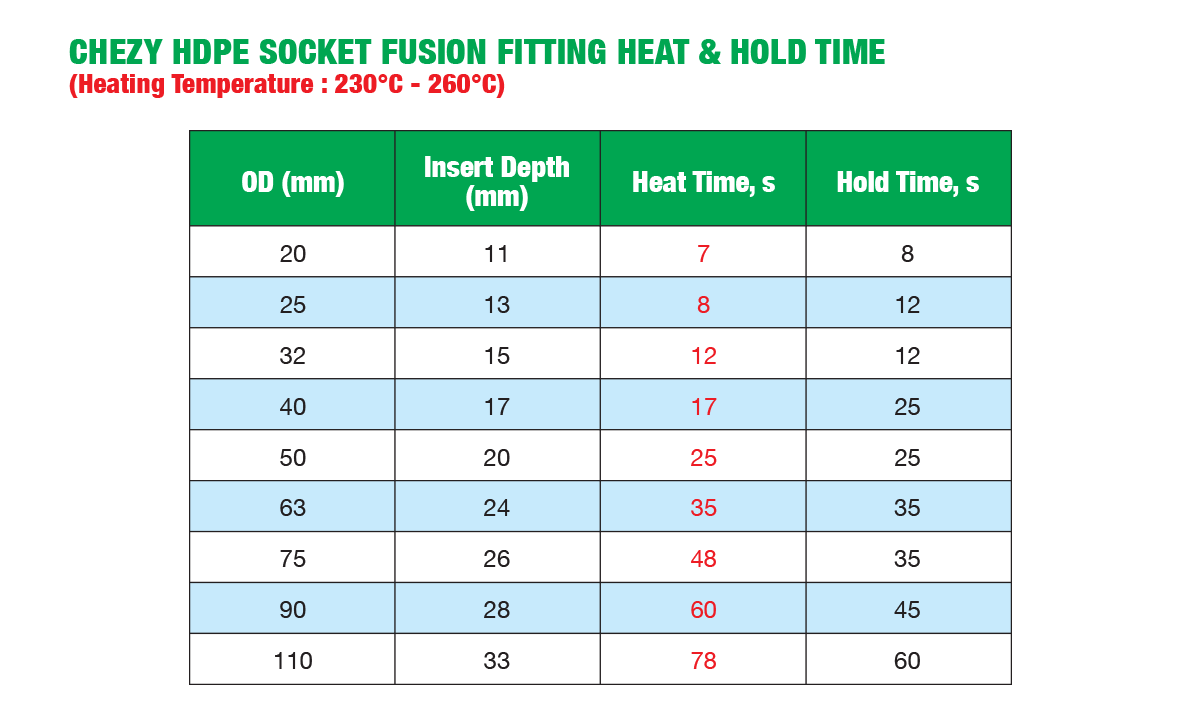
Table 1: Heat and Hold time for CHEZY Socket Fusion Fitting